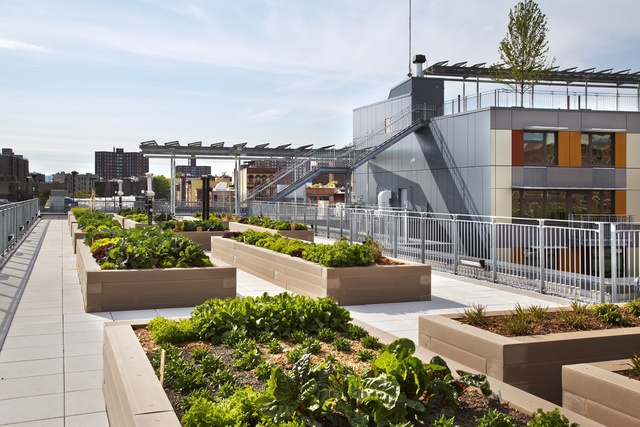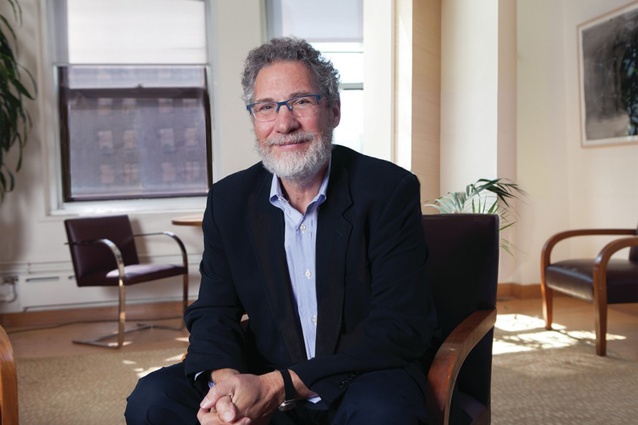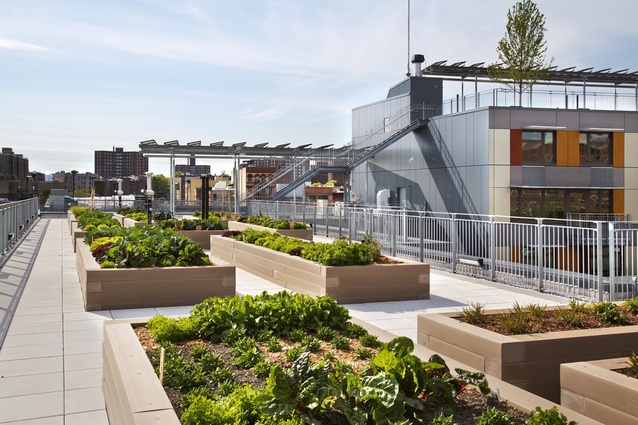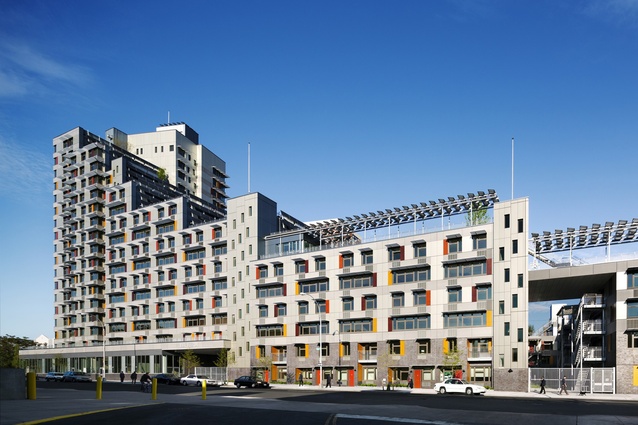Jonathan Rose: bringing cities to life
Urbanism New Zealand speaker Jonathan F.P. Rose is all about bringing cities and mixed-income neighbourhoods to life and keeping them alive.
Rose stands out from a crowded field of people who write about cities because of his lifetime of experience as a leading US real estate developer and urban planner.
Through the vehicle of Jonathan Rose Companies – often described as one of the largest developers of affordable housing in New York City and beyond – he has been winning awards since 1995 for a range of non-profit and for-profit projects and has seen the completion of more than US$2 billion of work.
It’s a business model that has evolved into a national development, owner’s representative and investment management firm, with the stated mission of building “communities of opportunity for all that enhance people’s lives in better balance with nature”.
Ahead of his video-link participation in the Urbanism New Zealand conference taking place in Wellington next week, Rose happily imparted some of his timely and highly relevant insights for ArchitectureNow into the subject of what makes, to use the title of his 2016 book, a “well-tempered city”.
Through both a deeply honed historical lens and his absorption of the growing body of positive solutions to the challenges confronting 21st century cities Rose is avowedly pro-density and a champion of investment in infrastructure.

With an Auckland context in mind, the instinctual advice he offers is to “keep pushing through the density curve and to take into account an ability to adapt to the rapidly changing nature of transit, as well as the importance of carefully designed transit-oriented development (TOD)”.
Informed by the thinking of his brother-in-law Peter Calthorpe – renowned architect, urban designer and originator of the concept of TOD – Rose adds the point that as such development takes place there need to be ways to ensure that existing residents and businesses aren’t “pushed out”.
“Small businesses are as essential as new housing and grand mixed-use centres. Making special provision for those businesses to retain ownership of their own buildings is an important pathway to connecting communities. It allows for and preserves the equity of having a stake in new developments.”
Rose is a big picture thinker who is concerned that contemporary cities are only just beginning to focus on the higher purpose of achieving true well-being for their citizens and restoring their social and natural capital.
He regrets that the direction of city and regional planning in the 1970s took planners away from proposing transformational visions to becoming process managers. “[The concern was on] implementing the zoning codes that fragmented cities rather than integrating them into a coherent whole.”
While not shying away from future scenarios of volatility, uncertainty, complexity and ambiguity – including the ever-obvious impacts of climate change – Rose is optimistic that “when cities state their most ambitious goals, it seems to make them more achievable”.
On infrastructure, he says “If properly designed, infrastructure can begin to restore the natural systems that cities so often degrade. Infrastructure systems are time shifters, providing benefits not just for the present, but for the future, too.”

Through the projects he has completed – citing Via Verde as a duplicatable example – Rose and colleagues have set out to “not only provide energy-efficient, affordable housing in transit-rich locations but also to improve health outcomes for residents”.
Underpinning Rose’s outlook and philosophy on urbanism is a strong, spiritually infused emphasis on the driving force of altruism alongside the levers of government and public policy for the common good.
He is acutely conscious that without a system that “integrates housing, health care, social services and healthy food systems, made available to everyone”, his own country is seriously under-performing.
And yet, Rose is an avid believer that well-tempered cities will turn that around. It’s a perspective that should be music to the ears of the audience at Urbanism New Zealand.
Read a full review of Jonathan Rose’s book, The Well-Tempered City, here.
The Urbanism New Zealand conference runs from 14 to 15 May in Wellington. More details can be found here.
As a media partner for UrbanismNZ, ArchitectureNow will be featuring pre-event interviews and coverage during the conference.












